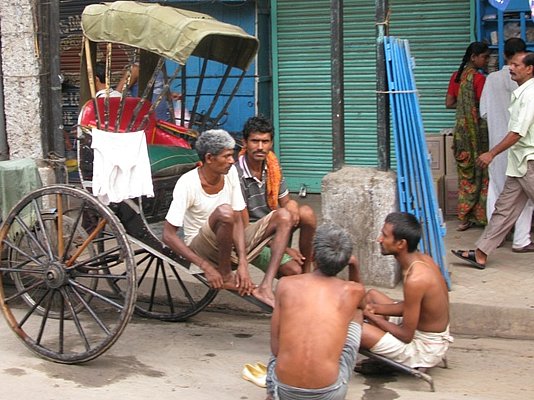
Poverty is one of the most challenging problems facing the Indian economy today. But, the recent World Bank report has given us something to cheer about. Though India still has the largest number of worlds’ poor, its poverty rate is the lowest among developing countries. It also suggests that we have been overestimating our poverty rates.
As per WB, India’s poverty rate for 2011-12 is actually 12.4% as against 29.5 % by India. This article is an attempt to explain the reasons behind the divergence between poverty figures calculated by India and the World Bank.
How is poverty measured in India?
The poverty rate is the percentage of the population living below the poverty line.
As per the Tendulkar Committee, India’s poverty line was Rs. 22.5 per day in rural areas and Rs. 28.6 in urban areas. Thus, people having consumption expenditure below Rs. 22.5 or Rs. 28.6 per day were considered poor.
According to the Tendulkar Committee, the poverty rate was 21.9% in 2011-12.
In the year 2014, the Rangarajan Committee revised the poverty line upwards to Rs. 32 in rural areas and Rs. 47 in urban areas. As per the new estimates, the poverty rate for 2011-12 was revised upwards to 29.5 %.
But as per the World Bank report, the poverty rate is just 12.4%.
Why is there a divergence between the poverty estimates?
There are two reasons for the divergence:
- World Bank‘s estimation of poverty is done according to the international poverty line of $1.9 (which was revised upwards from $ 1.25 recently in 2015). In purchasing power parity terms, $ 1.9 is equivalent to Rs. 27, which is less than the Rangarajan Committee’s poverty line.
- There was a change in methodology or reference period in surveying the number of poor: In India, poverty is calculated using Uniform Recall Period and Mixed Recall period. But, World Bank has used a modified Mixed Recall Period to calculate poverty.
What is Uniform Recall Period, Mixed Recall Period and Modified Mixed Recall Period?
- Uniform Recall Period: In this, 30-days recall period is used for all items of consumption. In other words, people are asked to recall their consumption expenditure over the last 30 days.
- Mixed Recall Period: It uses 30-day recall period for most items and one year recall for five infrequently purchased non-food items, namely clothing, footwear, durable goods, education, and health.
- Modified Mixed Recall period: World Bank has used Modified MRP to estimate poverty. In this, 7-day recall period is taken for all items and one-year recall for the five infrequently purchased items.
As per the new survey methodology, world poverty has also declined and is expected to fall under 10 % in 2015.
The President of World Bank, Jim Kong Kim remarked, “This is the best story in the world today. These projections show us that we are the first generation in human history that can end extreme poverty.”
[You may also read: Stages of the evolution of the International Monetary System]
Economyria is now on Telegram. For a simplified analysis of topics related to economy/ business/ finance, subscribe to Economyria on Telegram
Reference:
Count of poor people in India may be lower, says World Bank (by Indian Express)